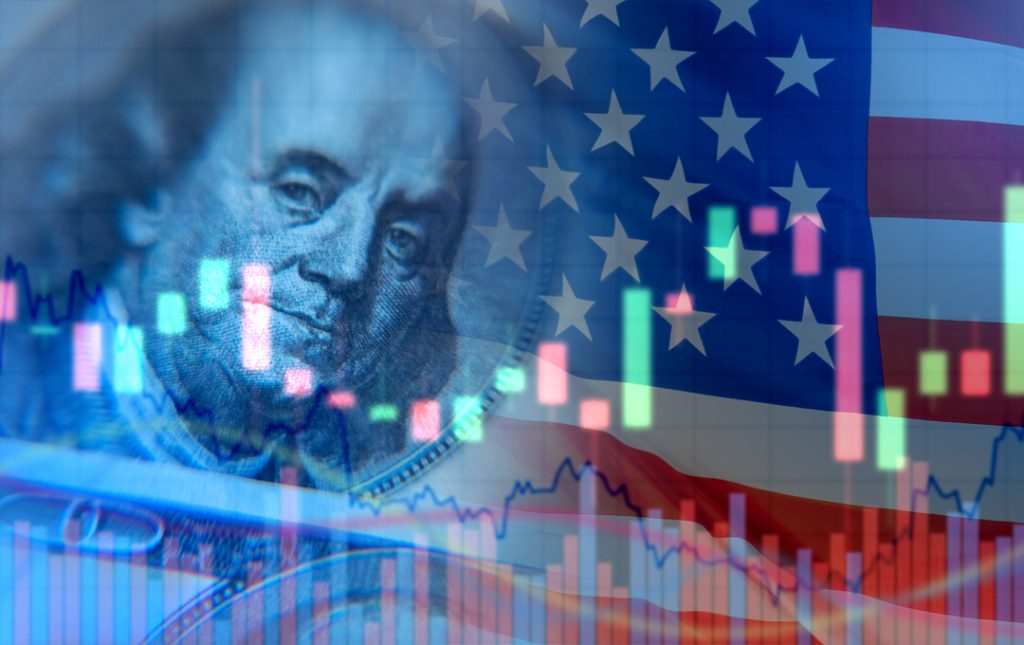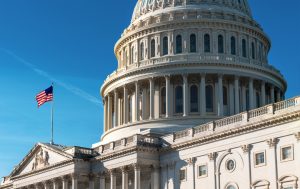The financial markets were a whirlwind this past week (July 28-31, 2025), with the US Dollar (DXY) showing remarkable strength amidst a flurry of news. Two major forces were at play: President Trump’s ongoing tariff decisions and the Federal Reserve’s latest monetary policy announcement. Understanding their interplay is crucial for anyone tracking global markets.
The Fed’s “Hawkish Hold” and Future Outlook
The Federal Open Market Committee (FOMC) concluded its July 29-30 meeting by keeping the benchmark federal funds rate unchanged at 4.25%-4.50% for the fifth consecutive time. This decision, while widely anticipated, came with a notable twist: two governors dissented, advocating for a rate cut.
Chairman Jerome Powell acknowledged “elevated economic uncertainty” due to President Trump’s tariffs but maintained that the economy remains in a “solid position”. This “hawkish hold” was interpreted by the market as a strong signal that the Fed is in no rush to cut rates, significantly reducing expectations for a September rate cut. This stance provided a substantial boost to the dollar, making it more attractive to investors.
Looking ahead, the Fed remains firmly data-dependent, with no pre-commitments on future rate moves. While a September cut now seems less likely, it’s not off the table if economic conditions show significant weakening. The minutes from this meeting, due out on August 20, will offer deeper insights into the committee’s internal debates.
Trump’s Tariffs: Short-Term Gains, Long-Term Headwinds?
President Trump continued to shape the trade landscape, announcing new 30% tariffs on goods from the EU and Mexico, set to take effect on August 1, 2025. He also signed an executive order suspending the de minimis exemption, broadening the reach of tariffs to low-value imports.
Initially, the dollar strengthened on Monday, July 28, following news of a US-EU trade deal, as investors welcomed a perceived easing of trade war concerns. However, economists are skeptical about the sustainability of this dollar strength. They project that these tariffs will lead to higher consumer prices, reduced GDP growth, and job losses within the US economy. This suggests that while specific trade deals might offer temporary relief, the broader protectionist agenda could create long-term economic headwinds for the dollar, despite short-term rallies.
Key Technical Levels to Watch
The market’s reaction to these fundamental shifts was clearly visible in key currency pairs and gold:
- DXY (US Dollar Index): The DXY is currently challenging the critical 100-resistance level. A decisive break above 100 and 103 could signal a strong bullish reversal, while key support lies in the 96-94 zone. The 99.00 handle acts as an immediate pivot point.
- EURUSD: The pair experienced significant depreciation, trading around 1.142-1.145 by week’s end. Key resistance levels are around 1.1596-1.1653, with monthly support between 1.1575-1.1160. The 1.1160 level is a significant long-term pivot.
- GBPUSD: Also saw a notable decline, settling around 1.325-1.327. Resistance is identified at 1.3770-1.4000, while strong support clusters around 1.3150-1.3100.
- XAUUSD (Gold): Gold faced significant bearish pressure, trading around 3294.85. The Fed’s hawkish stance is fundamentally bearish for gold, reducing the likelihood of a September rate cut. Key resistance levels are 3300, 3309, and 3323, with major support at 3245 and further support at 3250 and 3233. The strategy remains to “sell on rallies into resistance”.
What’s Next?
The coming weeks will likely see continued volatility as markets digest the full implications of these policies. Keep a close eye on incoming economic data, particularly inflation and employment figures, as they will heavily influence the Fed’s next moves and, consequently, the dollar’s path. The interplay between trade policy and monetary policy will remain a dominant theme.



